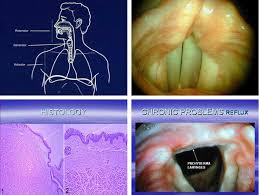What Is Parotidectomy?
Parotidectomy and facelift is the partial or total removal of the parotid gland. Every human has two, one on the right and one on the left in front of each ear (they are the ones that swell and become visible during mumps). They are crossed by the facial nerve. This nerve allows the motor skills of half of the face (one for each side of the face).
Consultation
The appearance of a mass, most often painless, in the parotid region leads to consultation. The clinical examination helps guide the diagnosis. Examinations (scanner, MRI) make it possible to refine the diagnosis. In the vast majority of cases, it is a tumor of which it is essential to specify the benign or malignant nature (in approximately 70% of cases, it is a benign tumor). Parotidectomy and facelift, associated with a histological (microscopic) examination, is both the means to establish the diagnosis with certainty and at the same time to carry out the treatment. Much more rarely, the pathology is of lithiasic origin (calculus) or inflammatory (parotitis).
Intervention
The intervention takes place under general anesthesia and therefore during hospitalization.
The incision passes just in front of the ear (cervicofacial lifting type incision) then continues under the ear at neck level, the aim being to make the scar discreet. The facial nerve is identified and discarded to remove the tumor. The tumor is analyzed during the intervention (extemporaneous anatomopathological examination) in order to specify its nature. The result guides the rest of the intervention:
Benign tumor: the procedure is already complete, the parotidectomy remains partial
mixed tumor (or pleomorphic adenoma): this benign tumor is the most common of the parotid gland. It presents a rare but possible risk of recurrence and cancerization. The parotidectomy is completed to be almost total
Malignant tumor: the parotidectomy will be total, completed by cervical lymph node dissection (treatment of the neck lymph nodes) through an extension of the incision in the neck
At the end of the operation, a drain can be put in place to evacuate the post-operative hematoma




Comments
Post a Comment